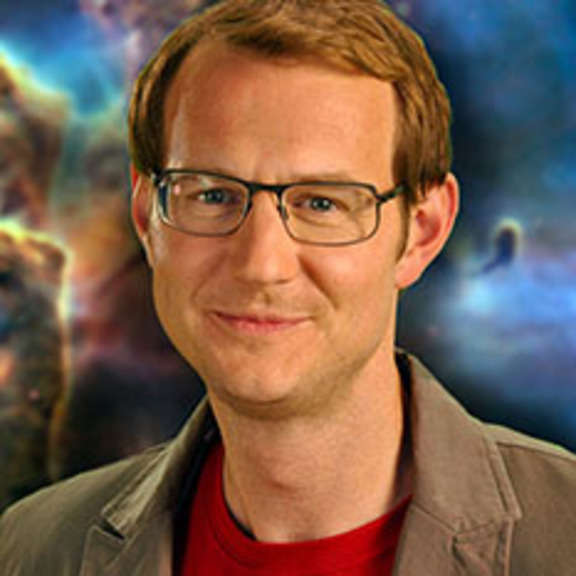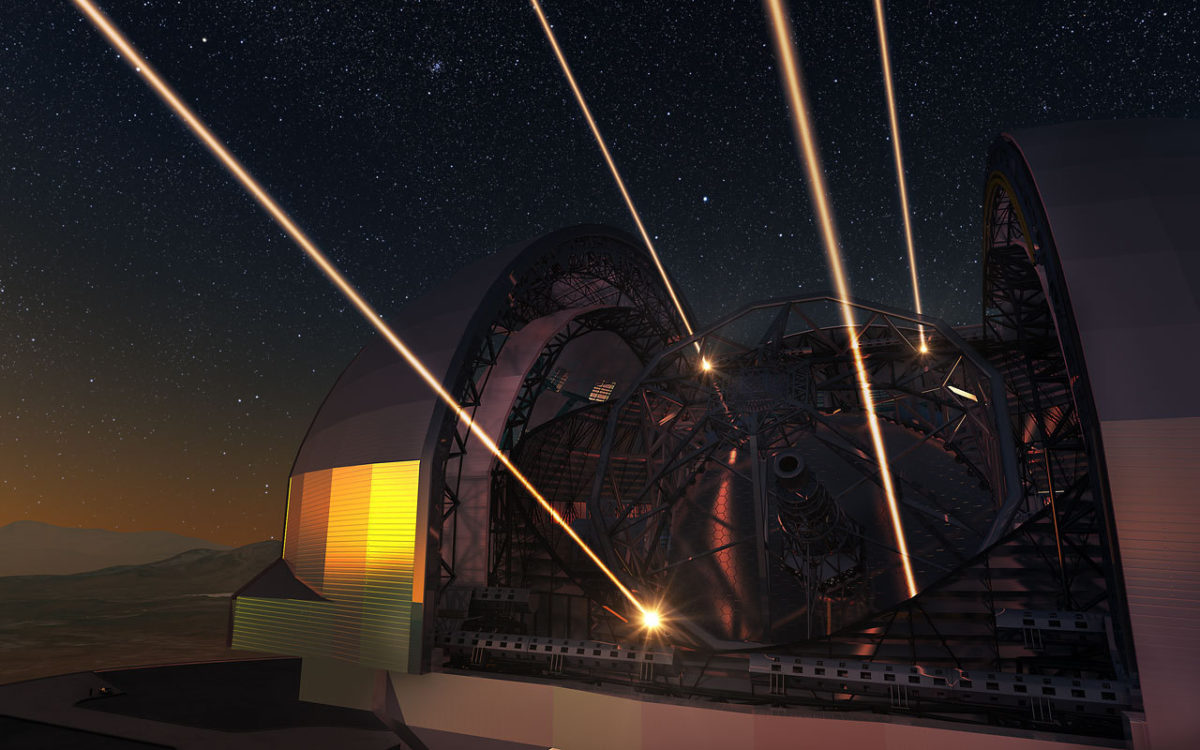Planetary Radio • Jan 13, 2015
Dr. J and the World’s Biggest Telescope
On This Episode

Joe Liske
Acting Programme Scientist for the European Extremely Large Telescope (E-ELT), and host of Hubblecast for European Southern Observatory (ESO)
Joe Liske, host of Hubblecast, is also the top scientist on the European Southern Observatory’s European Extremely Large Telescope (E-ELT), now under construction on a Chilean mountaintop. “Dr. J” tells us what this largest ever telescope will help us discover. Emily Lakdawalla has updates on the Akatsuki and Chang’e missions. Bill Nye shares his thoughts about the latest SpaceX launch to the International Space Station. Bruce Betts looks back at the Huygens lander on Saturn’s moon Titan for this week’s What’s Up.

Related Links:
- European Extremely Large Telescope
- Joe Liske “Dr. J”
- Short Updates on the Akatsuki and Chang’e Missions
- Reconstructing What Happened at Sea, as Dragon Arrives at Station
This week's prizes are the beautiful and informative Year in Space Desk and Wall Calendars.
This week's question:
To the nearest half-hour, how long did it take the Huygens probe to descend from the top of Titan’s atmosphere to the surface?
To submit your answer:
Complete the contest entry form at http://planetary.org/radiocontest or write to us at [email protected] no later than Tuesday, January 20, 2015 at 8am Pacific Time. Be sure to include your name and mailing address.
Last week's question:
Besides Galileo (the man, not the spacecraft) who was the first person to discover a moon circling another planet? (Not Earth’s moon, but you might earn extra points if you tell us who discovered that moon, too. Also, a Nobel prize.)
Answer:
The answer will be revealed next week.
Question from the week before:
How many rockets carried humans into orbit in 2014?
Answer:
Four rockets carried humans into orbit in 2014.


 Explore Worlds
Explore Worlds Find Life
Find Life Defend Earth
Defend Earth

